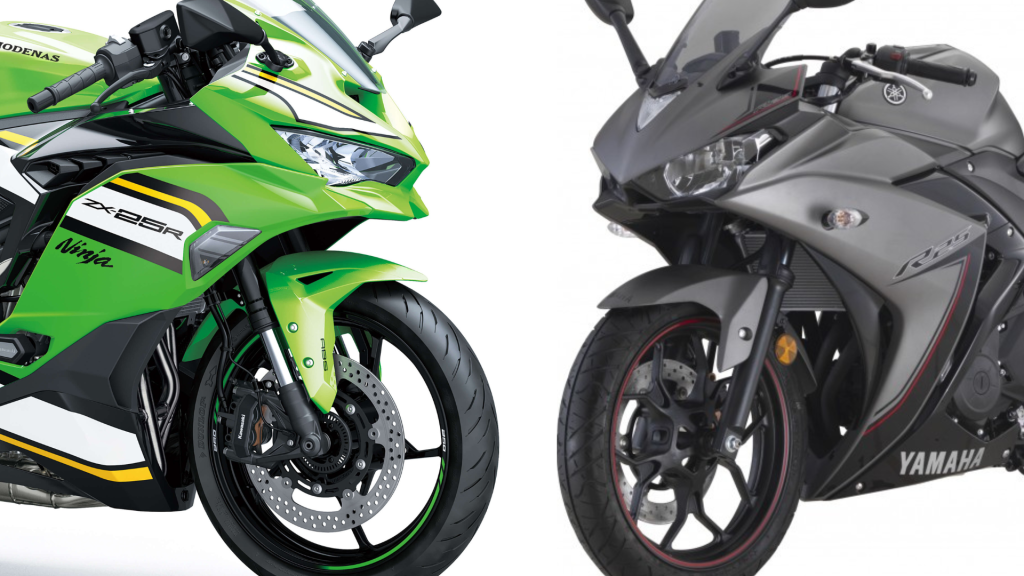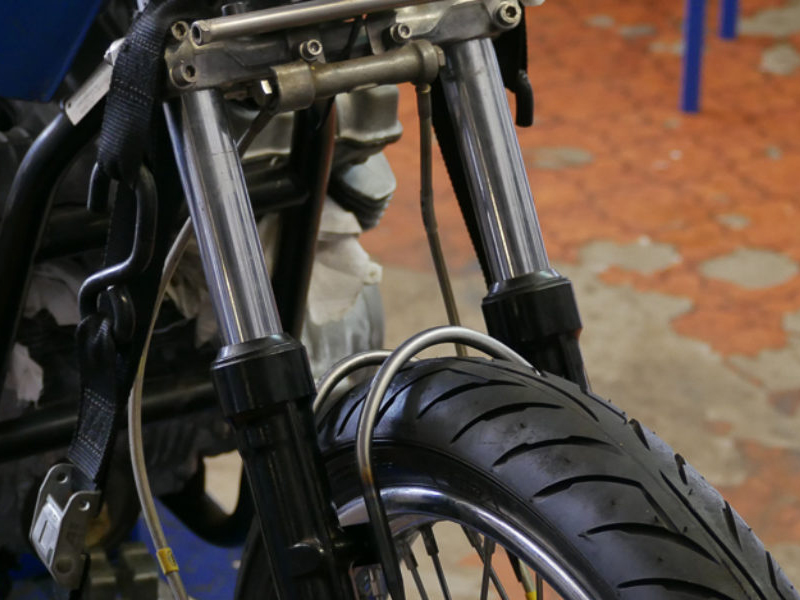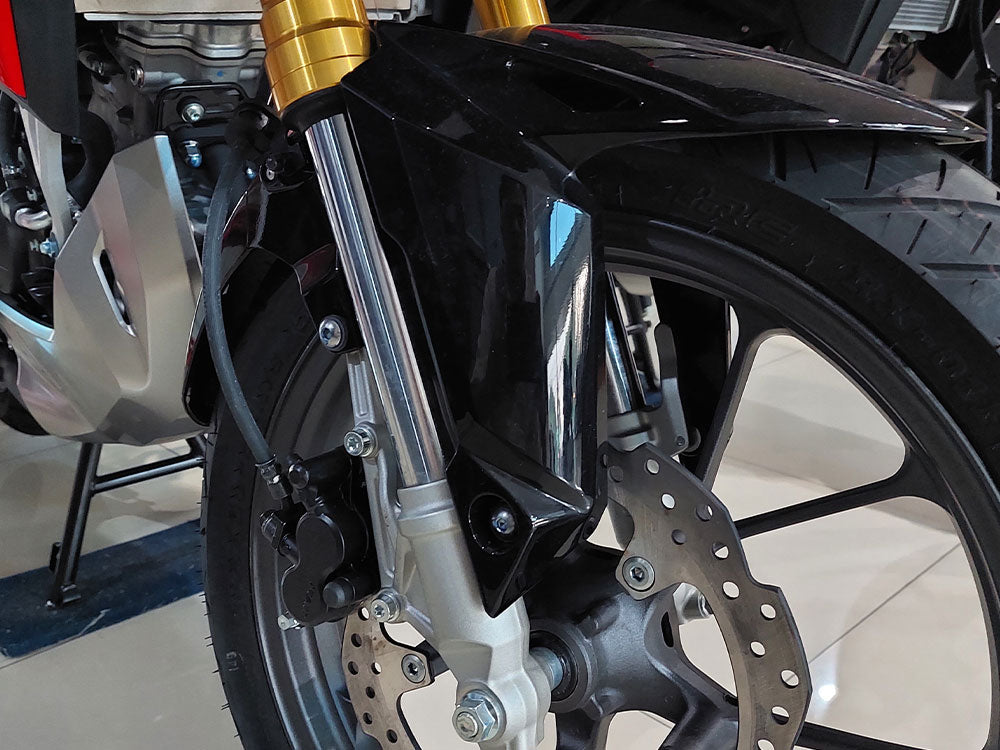Discover the key differences between upside down and telescopic forks, from performance to maintenance, to find out which suits your riding style best.

Subscribe to our Instagram Channel for instant news & updates!
When it comes to motorcycle performance and comfort, the front suspension plays a huge role. It’s responsible for handling bumps, keeping your tires in contact with the road, and maintaining stability during braking and cornering. Among the most common suspension types are telescopic forks and upside down (USD) forks. While they may look similar, their design and performance characteristics are quite different. Let’s break down what makes each system unique and which one might suit your riding style best.

What Are Telescopic Forks?
Telescopic forks are the most traditional and widely used suspension setup in motorcycles. They consist of two fork tubes connected to the front wheel and a steering yoke at the top. Inside each tube, there’s a spring and damper that absorb shocks from uneven road surfaces. This design has been used for decades and is still found in many commuter, cruiser, and touring bikes.
Riders appreciate telescopic forks for their simplicity, reliability, and affordability. They provide a smooth and comfortable ride, making them ideal for daily use and long-distance travel. However, telescopic forks do have limitations. Under heavy braking or aggressive cornering, the forks can flex slightly, which affects handling precision. They also offer less feedback compared to more advanced setups like USD forks.

What Are Upside Down (USD) Forks?
Upside down forks, also known as inverted forks, flip the traditional telescopic design upside down. The thicker tube is now at the top and clamped by the triple tree, while the thinner tube connects to the wheel axle. This design increases rigidity and improves stability during high-speed riding or hard braking. USD forks are commonly found on sportbikes, naked bikes, and premium models.
Their stiffer structure helps to enhance handling, giving riders sharper feedback and better control during aggressive cornering. The design also reduces unsprung weight, improving suspension response and overall performance. On the downside, USD forks tend to be more expensive to produce and maintain. Their seals and bushings are more exposed to dirt and debris, which can lead to higher servicing costs if they are not properly maintained.

Key Differences Between Upside Down and Telescopic Forks
1. Performance and Handling
USD forks offer superior rigidity, making them ideal for performance-oriented riders. Telescopic forks, on the other hand, are softer and focus more on comfort and ease of use.
2. Comfort and Ride Quality
Telescopic forks are better at absorbing minor road imperfections, which makes them comfortable for city commuting or touring. USD forks deliver a firmer ride that’s great for cornering and track use but can feel harsher on bumpy roads.
3. Maintenance and Durability
Telescopic forks require less frequent maintenance and are easier to service. USD forks may need more attention since dirt can accumulate near the seals, especially if you ride often in dusty or muddy conditions.
4. Cost and Availability
Because of their simpler construction, telescopic forks are cheaper to manufacture and replace. USD forks are generally found on higher-end motorcycles and may increase the bike’s overall cost.

Which Fork Type Should You Choose?
Your choice depends on how and where you ride. If you’re a daily commuter or tourer, telescopic forks are a great choice. They’re affordable, easy to maintain, and deliver a smooth ride over uneven roads. If you’re into sporty riding or track days, USD forks will give you the precision, stability, and performance edge you need. They make the bike feel more planted during hard braking and fast corners, exactly what performance riders look for. Some modern mid-range motorcycles even combine both worlds, offering USD forks tuned for comfort to suit everyday use without compromising on looks or stability.
Conclusion
Both upside down and telescopic forks have their own strengths. Telescopic forks win in comfort, simplicity, and cost, while USD forks excel in performance, rigidity, and handling. Choosing between the two depends on your riding style, budget, and priorities. Whether you prefer the smooth reliability of telescopic forks or the sharp precision of USD forks, the right suspension will always make your ride safer, more comfortable, and more enjoyable.































Facebook
Instagram
X (Twitter)
YouTube
LinkedIn
RSS